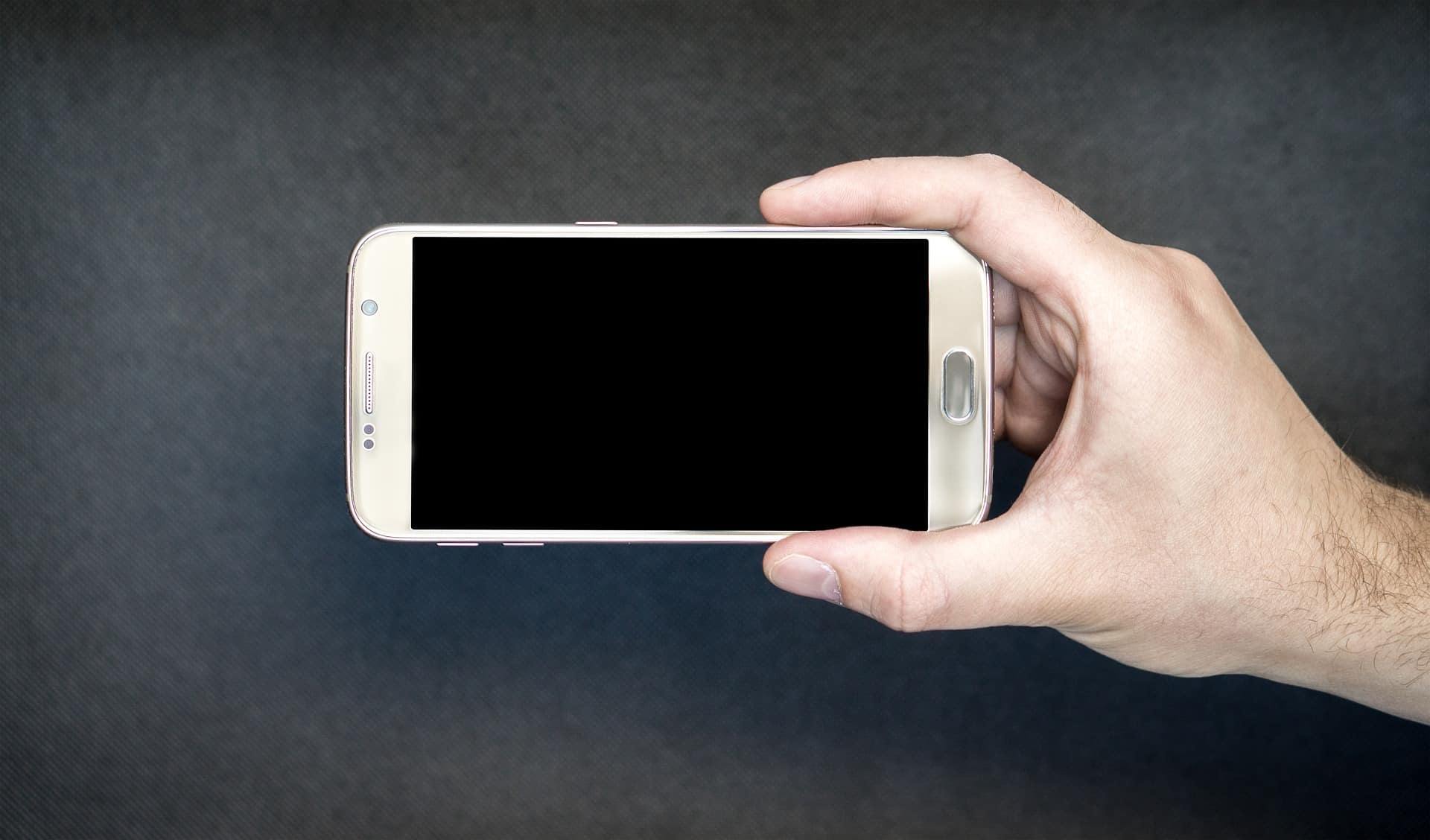Smartphone photos are usually sufficient to diagnose skin conditions
A new study shows smartphone photos can accurately diagnose skin conditions 89% of the time, improving access to care and addressing specialist shortages.


Popular articles
Our ability to take and share high quality smartphone photos may improve access to health care, according to a recent teledermatology study. The findings add to a list of health conditions that can often be diagnosed remotely with a photo.
The research
Published this month in JAMA Dermatology, the study asks a simple question: can parent-provided smartphone photographs be used to diagnose pediatric skin conditions?Researchers conducted a randomized trial of 40 patient-parent dyads at the Children’s Hospital of Philadelphia in 2016. Parents used their personal smartphones to take a photo of the skin condition and uploaded it to their child’s EHR using Epic’s MyChart App. Patients then received both a photograph-based and an in-person diagnosis.They found that the photograph-based diagnoses were accurate 83 percent of the time overall, and 89 percent of the time in a subgroup of 37 participants with photographs considered of high enough quality to make a diagnosis.This means that nearly 9 times out of ten, dermatologists can accurately diagnose a child’s skin condition with a smartphone photo (or discern that the photo isn’t good enough). As the researchers conclude: “Parent-provided smartphone photographs are typically of sufficient quality to permit accurate diagnosis of pediatric skin conditions.”
Diagnosing with smartphones
While the term teledermatology has been around for over two decades, mobile devices are a more recent addition. But a growing body of research suggests that photos taken on mobile devices can accurately diagnose health conditions.Dermatology is one of the most common applications. A 2013 study in Sweden found that using a dedicated app connected to a dermascope was roughly as effective as in-person appointments. A follow-up study concluded that teledermatology referrals using a smartphone allowed dermatologists to manage patients faster and more efficiently than with traditional referrals.However, researchers acknowledge that virtual dermatology appointments are usually not as comprehensive or as accurate as in-person visits. Another study warned that direct-to-consumer teledermatology services are lacking in a number of areas, including transparency, diagnostics and therapeutic quality.Still, there’s reason to be cautiously optimistic about the potential for smartphone photos in health care. Just earlier this year, Google bought a startup called Senosis Health, which uses smartphone cameras to measure hemoglobin and diagnose jaundice in babies, among other things.In many cases the smartphone's diagnostic capabilities extend beyond the camera and require various plugins. For example, phones can now be used to conduct eye exams or to analyze blood cells and detect malaria.
Improving access to care
In the recent study of pediatric teledermatology, authors note the shortage of pediatric dermatologists in the United States. While many sub-specialists treat patients for dermatology related conditions, there are only 300 board-certified physicians serving 75 million children in the United States.Studies like this confirm the possibility of reviewing many dermatology cases remotely using smartphone photos. By addressing the most common and easily diagnosed cases remotely, providers could save valuable time and resources while providing faster care to patients anywhere.
Related Articles


We Get Doctors Home on Time.
Contact us
We proudly offer enterprise-ready solutions for large clinical practices and hospitals.
Whether you’re looking for a universal dictation platform or want to improve the documentation efficiency of your workforce, we’re here to help.





